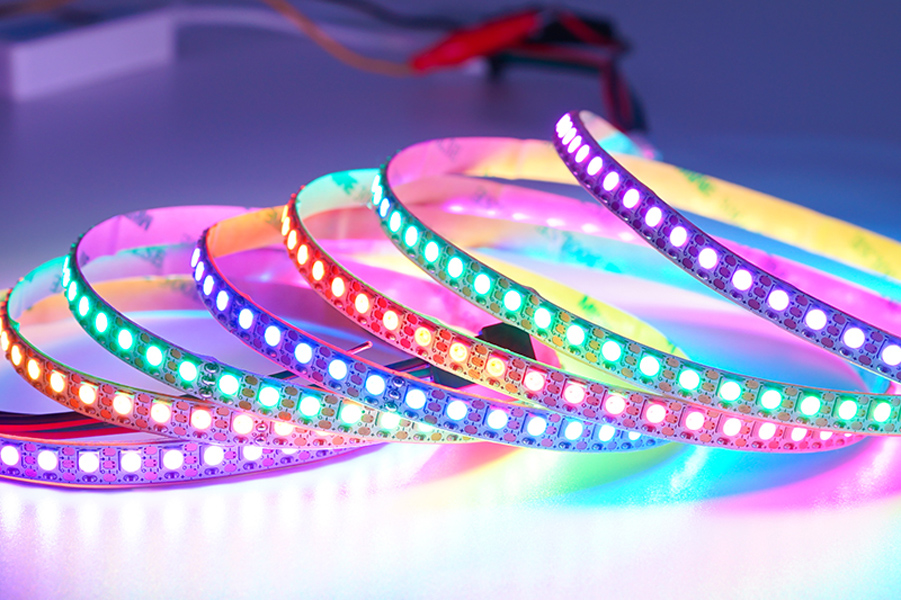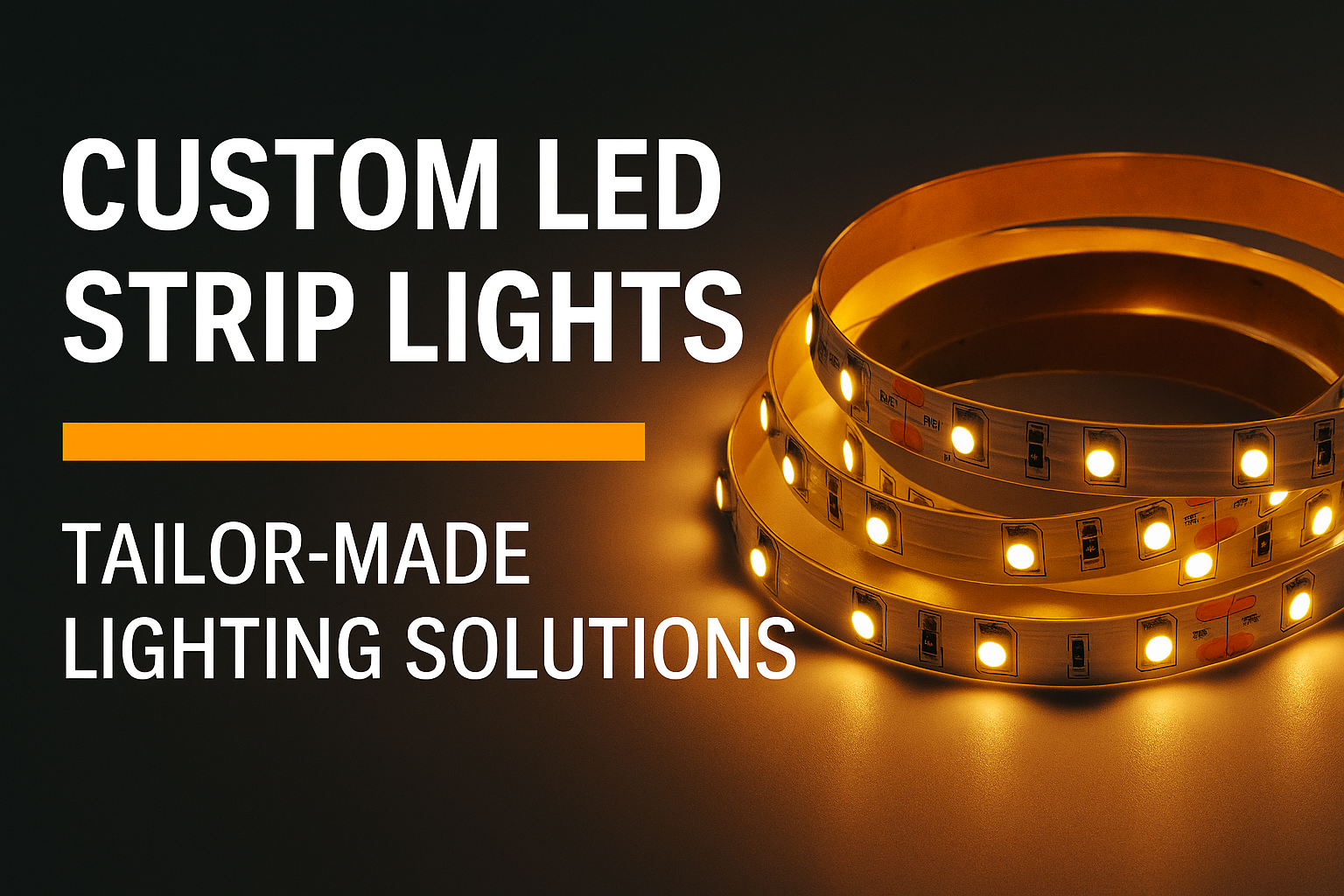Are you looking to add some dynamic lighting to your home, stage show, or DIY project? If so, you might want to consider using addressable LED strips. Unlike regular LED strips, addressable LED strips allow you to control each individual LED, creating a wide range of color and animation possibilities. In this ultimate guide, we’ll explore everything you need to know about addressable LED strips, from the basics of how they work to how to choose the right type for your project.
What is Addressable LED Strip?
Addressable led strip is also called digital led strip, pixel led strip, magic led strip, or dream color led strip. It is a led strip with IC that allow you to control individual LED (or each group) on the strip separately, giving you the ability to create dynamic lighting effects and patterns. Each LED (or each group) on the strip has its own integrated circuit that communicates with the control circuit, allowing for precise control over the color and brightness of each LED. They are used for a variety of lighting applications where dynamic lighting effects and individual control of each LED is desired, such stage lighting, architectural lighting, home automation, retail displays, DIY projects.
What is difference between addressable LED strip and regular RGB LED strip?
Regular RGB LED strips are composed of a series of LEDs that are wired together and controlled as a single unit, meaning that all of the LEDs in the strip are the same color and brightness and will display the same pattern or effect.
Addressable LED strips have a microcontroller embedded within the strip that allows each LED (each unit) to be controlled individually. This means that each LED (each unit) can be set to a different color and brightness, and can display a unique pattern or effect. The microcontroller communicates with the LEDs using a control protocol, such as DMX512 or SPI, allowing for a wide range of color and animation possibilities.
How do I know if my LED strips are addressable?
1) Check whether there is IC or not. There are two kinds of IC, external IC, and internal IC. If has IC, then it is an addressable LED Strip Light.
2) Check the cable, if there are signal data cable, then it is addressable LED Strip Light.


Addressable LED Strip

Regular RGB LED Strip
How Addressable LED Strips Work?
To light up an addressable LED strip light, you will need a few key components:
1. Addressable LED strip
2. Controller
3. Power supply


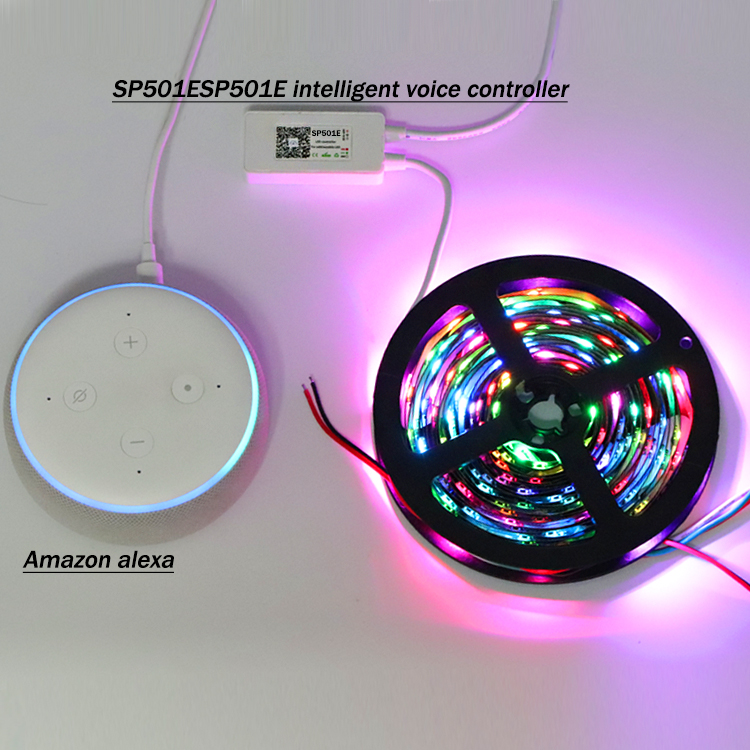
How to choose the suitable addressable LED Strip Light?
Choosing a suitable addressable LED strip depends on your specific needs and application. Here are some factors to consider when selecting an addressable LED strip:

WS2811 Addressable LED Strip
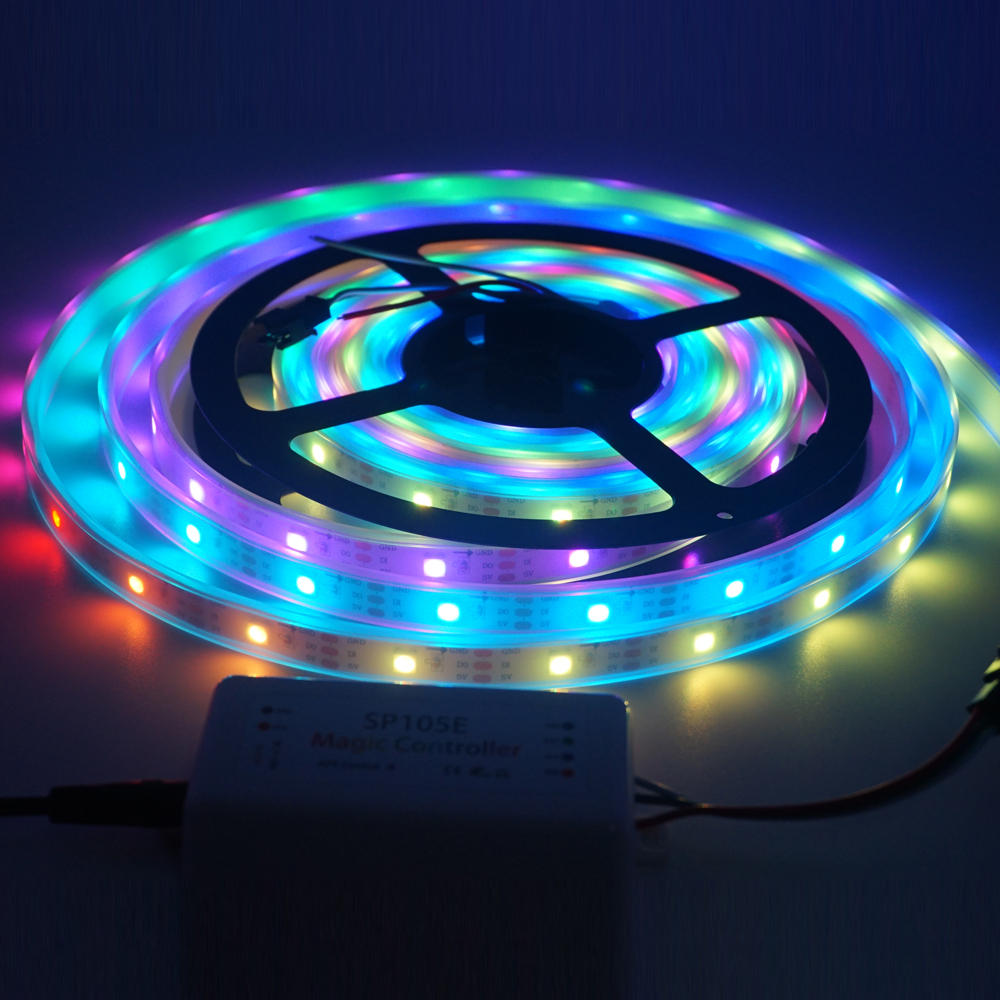
WS2812/SK6812 Addressable LED Strip
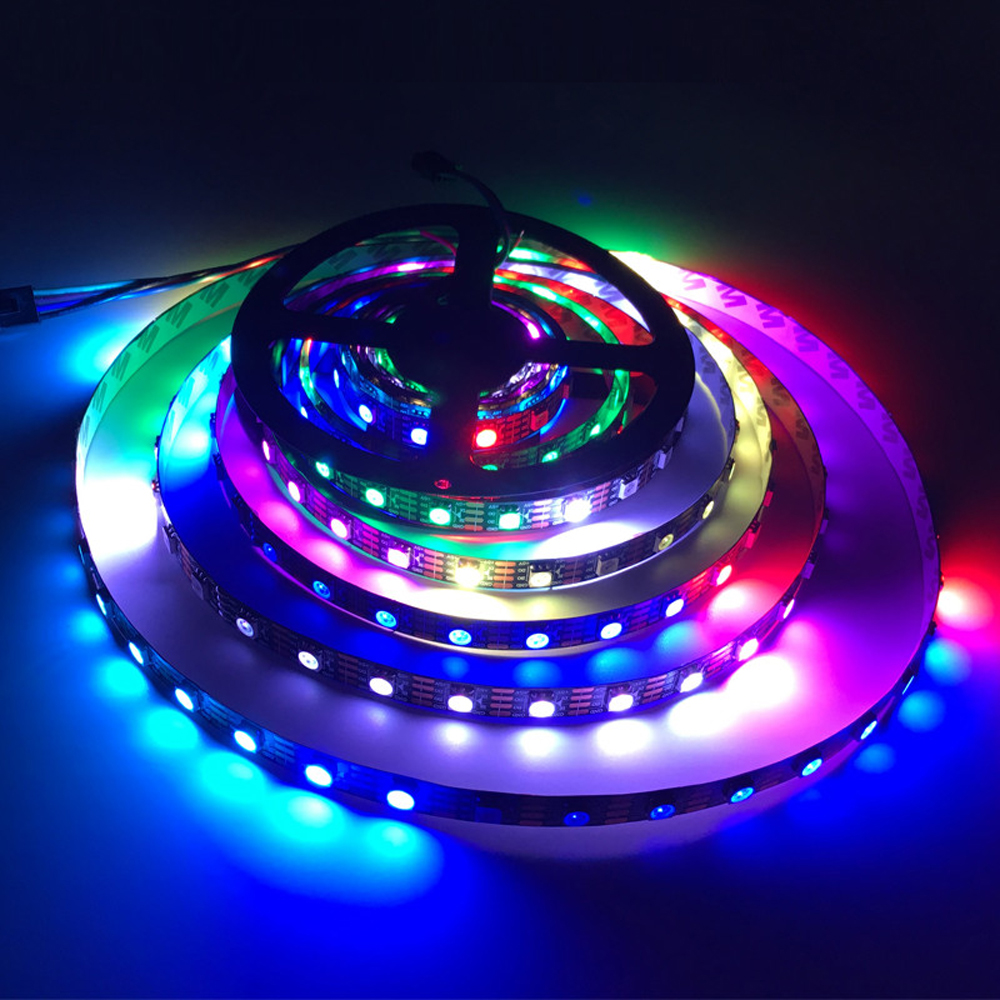
WS2813/SK6813 Addressable LED Strip

WS2815/GS8208 Addressable LED Strip
Voltage
For addressable led strip light, there are 5V, 12V, 24V for optional. When choosing the voltage, need to consider the length required. Generally speaking, longer strips will require a higher voltage to maintain consistent brightness levels. Because there is a voltage drop problem.
what is voltage drop?
Voltage drop of led strip light happens due to the resistance of the wires and other components in the circuit. As electricity flows through a wire, it encounters resistance, which causes the voltage to decrease along the length of the wire. The longer the wire, the more resistance it will have and the greater the voltage drop will be. As the voltage drops, the brightness and color accuracy of the LED strip can decrease, and the strip may not function properly.
1). If you want to decorate your computer case, a 5V addressable LED strip light would be a good choice. It can easily connect to your computer’s power supply and is typically shorter in length, so the lower voltage won’t cause as much voltage drop.
2). If you want to install LED strip lights in a large room, such as a living room or bedroom, a 24V addressable LED strip light may be the best choice. The higher voltage can help maintain a consistent level of brightness over a longer length.
3). If you want to create a small decorative piece, such as a DIY lamp or a picture frame, a 12V addressable LED strip light may be suitable. It provides a balance between the higher voltage needed for longer strips and the lower voltage needed for shorter ones.
LED Density
The LED Density refers to the number of LEDs per meter of the strip, and it can range from 30 LEDs/m to over 144 LEDs/m. When choosing the LED Density, you should consider the application and environment of the LED strip light. For example, if you are using the strip light for accent lighting in a small space, a lower LED Density may be sufficient. If you want to use the strip light for primary lighting or in a larger space, a higher LED Density may be more suitable.

IP Rating
The IP rating is usually represented by two numbers, such as IP20 or IP65, where the first number indicates the level of protection against solids and the second number indicates the level of protection against liquids. When choosing the IP (Ingress Protection) grade of addressable LED strip light, you should consider the environment in which the strip will be used.

1). If you are planning to use the LED strip in a relatively clean and dry indoor environment, such as a living room or bedroom, an IP20 grade would suffice.
2). If you are planning to install the LED strip in an area with a lot of dust or debris, such as a workshop or garage, it is recommended to choose an IP65 or higher grade for better dust protection.
3). If you are planning to install the LED strip outdoors or in an environment with high humidity or exposure to water, such as a bathroom or swimming pool area, it is recommended to choose an IP67 or higher grade for better waterproofing.
Types of Color
When choosing the color of addressable LED strip lights, it’s important to consider the atmosphere you want to create and the intended use of the lighting. There are several types of addressable LED strip lights based on color. The most common types include:
1). Single-color addressable LED strip light: This type of LED strip light can produce only one color, such as white, red, green, blue, etc. The color cannot be changed or programmed.
2). Dual White addressable LED strip light: These LED strips have two different shades of white that can be mixed to achieve different color temperatures, from warm white to cool white. They are ideal for applications where different lighting moods are desired, such as in a home or office.
3). RGB addressable LED strip light: This type of LED strip light can produce red, green, and blue colors, which can be combined to produce a wide range of colors. The color can be changed using a controller.
4). RGBW addressable LED strip light: This type of LED strip light has an additional white LED, which can produce a pure white color in addition to the RGB colors. It allows for more color options and greater flexibility in lighting design. produce a pure white color in addition to the RGB colors. It allows for more color options and greater flexibility.
5). RGBWW addressable LED strip light: This type of LED strip light has both warm white and cool white LEDs in addition to the RGB colors. It allows for even more color options and greater flexibility in lighting design.
IC type
The IC type is an important factor to consider when choosing an addressable LED strip light because it determines the features and capabilities of the strip. Different ICs have different numbers of output channels, which can affect the number of LEDs that can be controlled and the complexity of patterns that can be created. Additionally, some ICs may have higher refresh rates, allowing for smoother animations and color transitions.
The IC also determines the protocol used for communication between the LED controller and the strip. Different protocols may have different data transfer rates and signal reliability, which can affect the overall performance of the LED strip. Choosing the right IC type can ensure that the LED strip meets your specific needs in terms of functionality and performance.
Below are some IC models we used:
| Internal IC | HD107S | WS2812B | SK6812 | WS2815B | WS2813B | HD107S |
|---|---|---|---|---|---|---|
| LED Type | 5050RGB | 5050RGB | 5050RGBW | 5050RGB | 5050RGB | 2020RGB |
| Voltage | DC5V | DC5V | DC5V | DC12V | DC5V | DC5V |
| LED Color | RGB | RGB | RGBW | RGB | RGB | RGB |
| LED QTY | 30/60/72/96/144 | 30/60/72/96/144 | 30/60/72/96/144 | 30/60/72/96/144 | 30/60/72/96/144 | 120/200 |
| Break continues | NO | NO | NO | Yes | Yes | NO |
| Voltage Drop | Middle | High | High | Low | High | Middle |
| Data Transfer Rate | 40MHz/s | 800KHz/s | 800KHz/s | 800KHz/s | 800KHz/s | 40MHz/s |
| Output channel | Positive + Negative +Single Data line+Clock | Positive + Negative +Single Data line | Positive + Negative +Single Data line+Clock | Positive + Negative +Dual Data line | Positive + Negative +Dual Data line | Positive + Negative +Single Data line+Clock |
| External IC | WS2811 | UCS1903H | WS2818B | WS2814A(SOP8) | WS2814(SOP12) | UCS2904(SOP8) |
|---|---|---|---|---|---|---|
| LED Type | 5050RGB | 5050RGB | 5050RGB | 5050RGBW | 5050RGBW | 5050RGBW |
| Voltage | DC12V/DC24V | DC12V/DC24V | DC12V/DC24V | DC12V/DC24V | DC12V/DC24V | DC12V/DC24V |
| LED Color | RGB | RGB | RGB | RGBW | RGBW | RGBW |
| LED QTY | 30/48/60/72 | 30/48/60/72 | 48/60/72 | 60 | 60 | 60 |
| Break continues | NO | NO | Yes | NO | Yes | NO |
| Voltage Drop | Low | Low | Low | Low | Low | Low |
| Data Transfer Rate | 800 Kbps | 1.2 Mbps | 800 Kbps | 800 Kbps | 800 Kbps | 2.4 Mbps |
| Output channel | Positive + Negative +Single Data line | Positive + Negative +Single Data line | Positive + Negative +Dual Data line | Positive + Negative +Single Data line | Positive + Negative +Dual Data line | Positive + Negative +Single Data line |
| External IC | TM1814(SOP8) | DMX512B3(SOP8) | DMX512C4(SOP16) |
|---|---|---|---|
| LED Type | 5050RGBW | 5050RGB | 5050RGBW |
| Voltage | DC12V/DC24V | DC12V/DC24V | DC12V/DC24V |
| LED Color | RGBW | RGB | RGBW |
| LED QTY | 60 | 60 | 60 |
| Break continues | NO | Yes | Yes |
| Voltage Drop | Low | Low | Low |
| Data Transfer Rate | 800 Kbps | 250 Kbps | 4 Mbps |
| Output channel | Positive + Negative +Single Data line | Positive + Negative +Single Data line+PI address writing line | Positive + Negative +Dual Data line+PI address writing line |
What is breakpoint resume function of SPI addressable led strip?
The breakpoint resume function means that when only one IC fails, the signal can still be transmitted to the subsequent ICs.
See the below video:
How to choose the suitable LED Controller for addressable LED Strip Light
When choosing a LED controller for addressable LED strip light, there are a few factors to consider:
1). Compatibility: Make sure the LED controller is compatible with the specific IC type of your LED strip light. Some controllers may only work with certain ICs, so it’s important to check the specifications before purchasing.
2). Functionality: Decide on the specific features you want in a LED controller. Do you want it to have preset modes or the ability to create custom effects? Do you need it to be compatible with a particular smart home system or app? custom effects? Do you need it
3). Power: Consider the power requirements of your LED strip light and make sure the LED controller can handle the necessary voltage and current.
4). Control method: Determine how you want to control the LED strip light. Do you want a remote control, smartphone app, or voice control compatibility?
5). Budget: LED controllers can range in price from a few dollars to several hundred dollars. Determine your budget and look for options that fit within it while still meeting your needs.
By considering these factors, you can choose a LED controller that is compatible with your LED strip light and meets your specific needs and preferences.
Some popular LED Controllers for addressable LED Strip Light:
If you are not sure which controller to choose, you can contact us and tell us the desired effect. We will analyze your requirements and provide recommendations accordingly. Email: sales@aidiwatt.com .



How to choose LED Driver for addressable LED Strip Light?
When choosing a power supply for addressable LED strip lights, the following factors should be considered:
1). Wattage: Calculate the wattage of the LED strip light and choose a power supply with a sufficient wattage rating to handle the load. For example, 10meters 12W/m LED Strip Light, the total watt is 10*12=120W, 120W/0.8=150W. Recommend to choose 150W led driver.
2). Voltage: Ensure that the output voltage of the power supply matches the operating voltage of the LED strip light.
3). Quality and reliability: Choose a power supply from a reputable manufacturer with a proven track record of quality and reliability. Normally we recommend Meanwell Brand Driver.
4). Environmental considerations: Determine if the LED strip light will be used in a damp or wet environment, and choose a power supply with the appropriate level of waterproofing.
Some driver for addressable LED Strip Light:




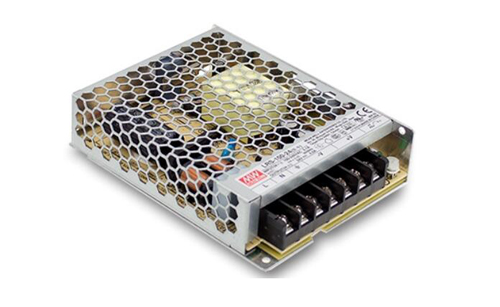



In conclusion, addressable LED strip lights have become increasingly popular due to their versatility, ease of use, and wide range of applications. When selecting the appropriate components for your LED strip light project, it is important to consider factors such as the type of IC, data transfer speed, and LED controller and driver requirements. By taking the time to understand your project needs and choosing high-quality components, you can ensure that your LED strip lights will meet your expectations and provide beautiful, customizable lighting effects.
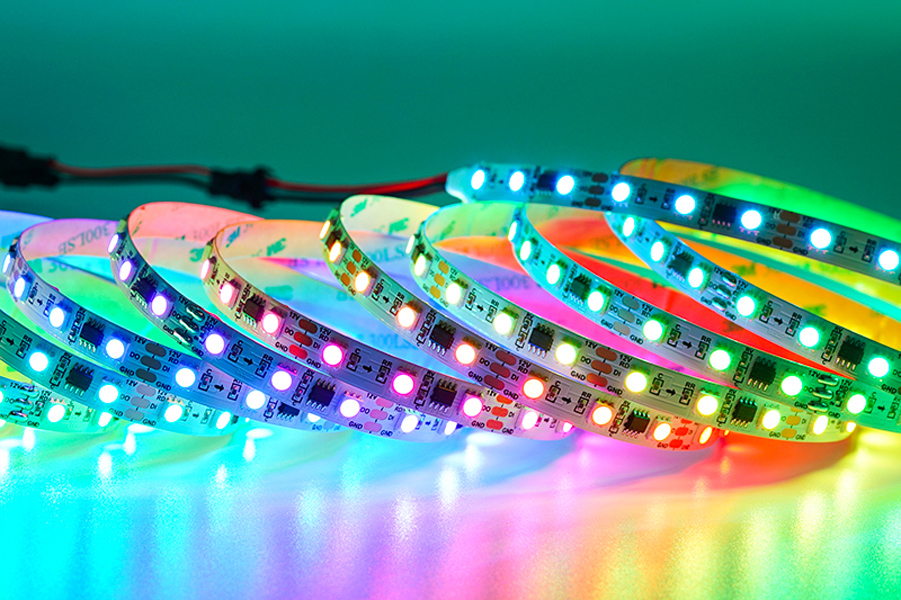
WS2811 LED Strip Light
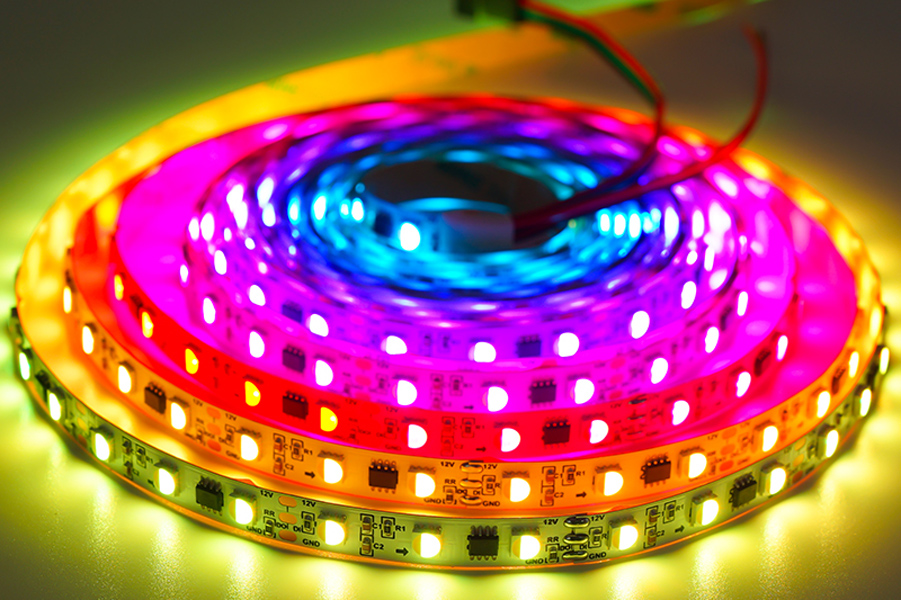
WS2814A LED Strip Light
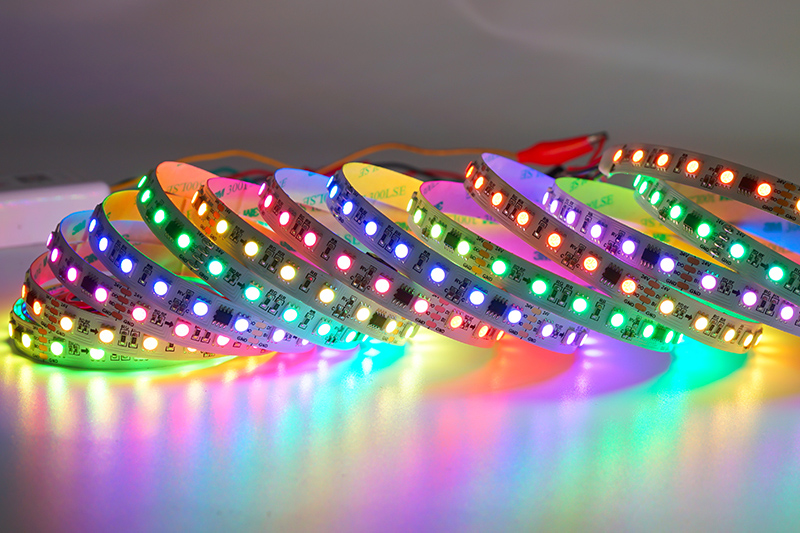
WS2818B LED Strip Light
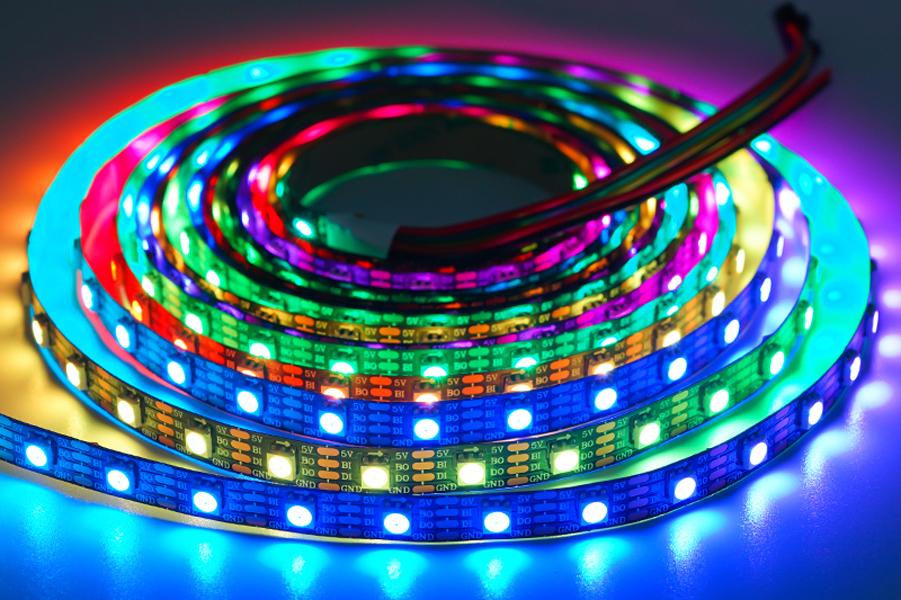
WS2813B LED Strip Light

WS2815 LED Strip Light
